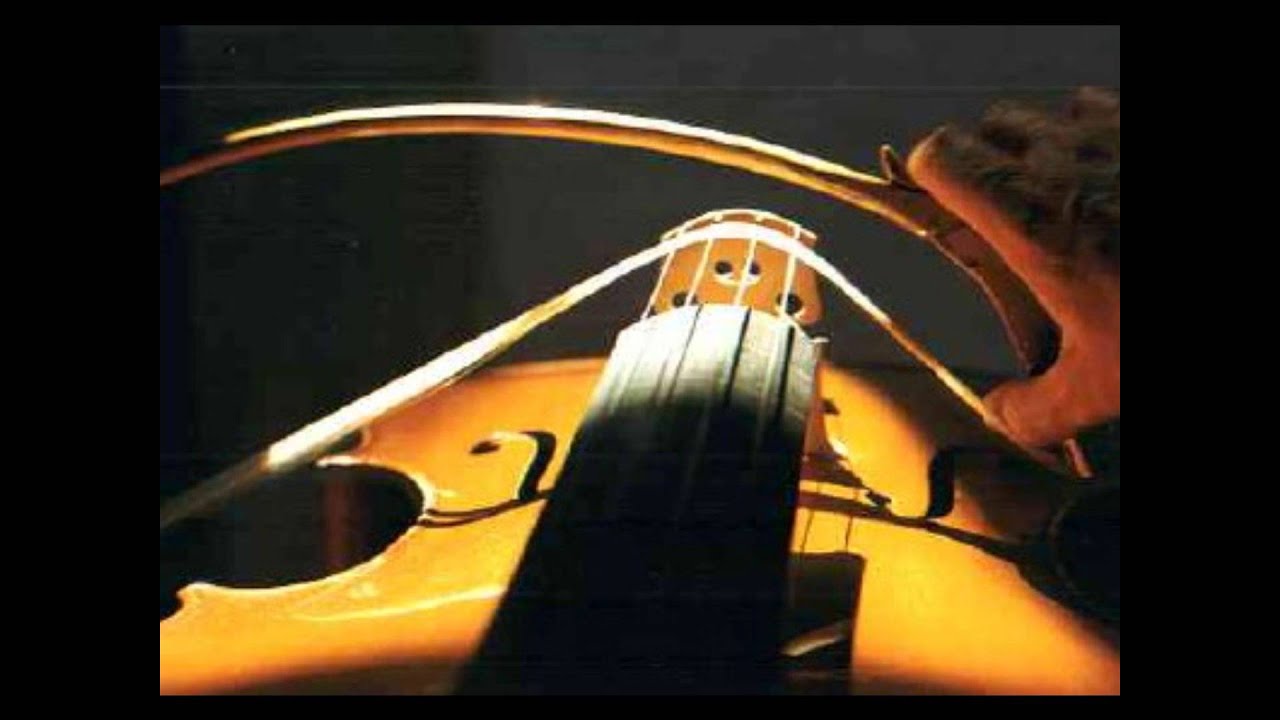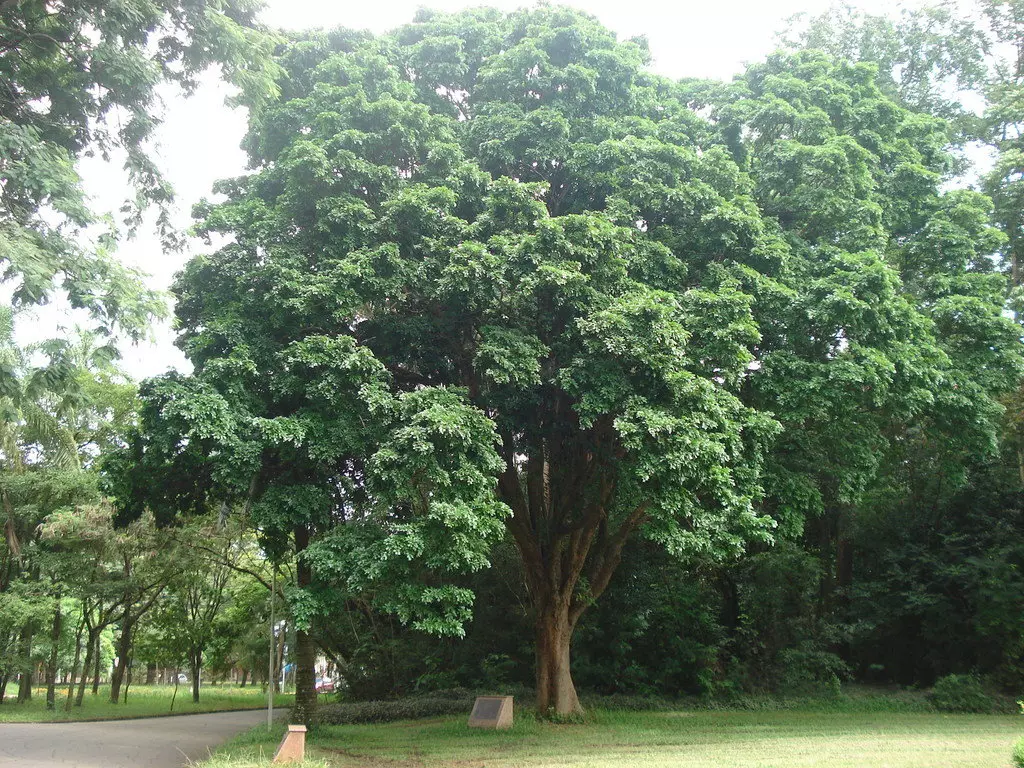A History of the Violin Bow
- Home
- A History of the Violin Bow

Similarly to the violin, the structure of bows has evolved over the centuries. The early bows date back to the Byzantine Empire of the mid fifth century. These primitive bows were convex like an archery bow. Initially, they were crudely made with the horsehair being fastened directly to the stick with little thought to tension. Then prior to the Baroque era, the frog was a curved piece of wood attached to the bow that only acted as a kind of rail to guide the hair and keep it separate from the stick. The thumb was used to place tension on the bow while playing.
Throughout the middle ages there was no change to these rudimentary bows. The violin as we know it had yet to be invented so these bows were used to play ancient instruments like the rebec and the medieval fiddle or vielle. Around the start of the 16th century, instruments were thought to be less important than singing. These ancestors of the violin were mainly used as rhythm instruments to accompany vocal music and to keep time for the dancing at festivals and weddings. The bows of the time were short- only about 20 to 30 centimeters in length. They were held in quite a different manner to the modern bow using either a closed fist or an underhanded method.a similar but lesser capability thanks also to its out curving shape.
A video of the rebec being played by Ernst Stolz:



Rebec player demonstrating the bow hold
The Baroque Bow
During the Baroque era, playing techniques developed further and the structure of the bow needed to change to improve control. Initially the early violin virtuosi continued to play with the rebec and vielle bows of the late middle ages. Early French Baroque music was similar in style to Renaissance dance music so there was little change to bow construction and technique.
German Baroque music which was more introspective and had relatively slow tempi highly arched bows were also still used. The music often required the string player to produce true chords. The method of changing the tension of the bow hair with the thumb was used to relax the tension and two or more strings could be played in a chord. A tighter tension was then used for the single melodic lines. Currently music such as Bach’s solo sonatas and partitas for violin what is written as chords is played as a arpeggios. But in a historically informed performance an arched bow could be used to play true chords.
Here Emil Telmanyi plays Bach’s Chaccone for solo violin with a modern version of the arched German bow.

In Italy, the violin of the Baroque period evolved for two reasons. When compared to German Baroque music, Italian Baroque music required agility and speed and was light and airy. And in contrast, to the early French music, the violin was not just being used to keep time for dancing- it had become a solo instrument. The Italians were very interested in cantabile or songlike playing. Italian violinists preferred an overhand grip and longer bows which allowed new sounds and techniques. Longer bows made longer sequences possible and spiccato and legato became more widespread. Along with being a composer, Arcangelo Corelli (1653-1713) was a violinist who greatly influence technique and teaching. He composed violin works that required the long Baroque violin bow. As such Corelli’s compositions caused the violin music to resemble singing.
Modifications in construction were made for the longer Baroque bow. The height of the head was increased to distribute weight more evenly and achieve playability along the entire length of the bow. The convex curve of the bow lessened until a bow that was slightly straight to concave had evolved. To increase tension to the hair, a detachable frog was invented until eventually the button, eyelet and screw mechanism became standard. Bows of the time were aesthetically sophisticated. They were made of beautiful woods such as snakewood, ironwood, and china wood and could be carved with fluting. The frogs and heads were decorated and shaped into a variety of fanciful designs. Baroque bows had no uniform standards but the range of shapes and designs.
In comparison to modern bows, the Corelli bows were shorter and lighter, particularly at the tip. Additionally the balance point is closer to the frog, the hair yields more and the ribbon of hair is only around 6mm versus 12mm.


Comparing the Baroque to the Modern bow frog. Note the absence of the ferrule on the Baroque bow.
The Classical Bow
The bow was again seen to transform by the end of the 18th century. As in the Baroque era, the music itself was the impetus for this. Many more compositions were being written for solo violin. The sound of the violin had to become more assertive to manage large spaces like the concert hall and the accompaniment of symphonic orchestras. Virtuosi became increasingly popular with the musical world of the time. This inclination was in keeping with an increasing interest in the concept of genius. These virtuosi were renowned for performing with a multi-faceted bowing technique. The construction of the bow needed to be able to accommodate more powerful compositions. The bow was changed to improve the breaking strength.
The Classical era was known for transitional bows. Of these, the “Cramer bow” (named after the violinist Wilhelm Cramer) was favoured by the major violin soloists between the Corelli-Tartini model and the creation of the Tourte bow. The “Cramer bow” had a characteristically high and hammer-shaped head, a clip-in frog and a solid concave stick. The hair ribbon on this bow was wider than the Corelli model bow but was still narrow in comparison to that of a Tourte In other aspects of bow evolution, John Dodd (1752-1839) developed a new technique for splitting wood which increased the breaking strength of the stick. The introduction of a metal underslide by Christian Wilhelm Knopf (1767-1837) removed a crucial weak point in the screw mechanism of the Baroque bow.
Francois Tourte
Between 1785 and 1790, Francois Tourte began working on the craft of violin bows. Many of the features of the modern bow were Tourte’s innovations. He worked with the great violin virtuoso Giovanni Battista Viotti to change the design and structure of the bow. Torte used mathematics to calculate the best proportions for the bow. Toure lengthened the bow. He used more wood in the tip which was counterbalanced by a heavier nut. This made the bow heavier than the Baroque version and the Before Tourte began to work on the bow, it was cut to the desired shape. This gave little assistance to the tension of the hair. Torte used heat to bend permanbuco wood which gave a more precise tension to the stick. He perfected the winding mechanism that tightens the bow along with the spreader block which holds the hair in a flat ribbon and prevents tangling. The ribbon of hair on a Tourte bow was wider than that of a Corelli bow. Tourte considered the frog to be a precious thing and made his frogs from ebony, gold and tortoise shell. He also standardised frog ornamentation and covered the mechanisms with a pearl underslide along with an inlay of a pearl “eye” on each side.
Tourte’s bows had perfect balance and their response was quick and agile due to a strong concave arch. His bows allowed a greater range in dynamics and projection. They permitted a larger variety of bowing techniques from full cantabile with long drawn out and evenly sustained phases to the latest spiccato techniques such as sautille, saltando and ricochet. Tourte was said to be “the Stradivari of the Bow” which is very high praise when you consider the contribution that Antonio Stradivari made to the construction of the violin.

After Tourte
For the bowmakers (or archetiers) that came after Tourte, ebony became the norm. Francois Lupot improved Tourte’s version by adding a metallic underslide to reinforce the frog’s fragile ebony edges and added stability. A method for attaching the hair that put an end to the conventional mortise, plug and wedge was invented by Jacques LaFleur (1757-1853). Jean-Baptiste Vuillaume utilised an oval ferrule that widened and flattened the ribbon of hair when the violinist increased the pressure. Frogs continued to be decorated with tortoiseshell and ivory during the 19th century and the beginning of the 20th century. Eventually the use of tortoiseshell and ivory was regulated by the Convention on International Trade in Endangered Species. If ivory is now used, it is sourced from fossil ivory.
The violin bow has changed little since it was perfected by Tourte. Recent developments in bow making have been few apart from the use of composite materials. Fibreglass bows were first seen in the 1960s, and carbon fibre bows began to be manufactured in the 1990’s. Initially these composite bows were cheap student models, however some of the high quality carbon fibre bows are comparable to fine permambuco sticks. Composite bows have become more prevalent in part due to a shortage of good pernambuco. Unfortunately, the expansion of agriculture has encroached on the places in Brazil where caesalpina echinata is grown.

